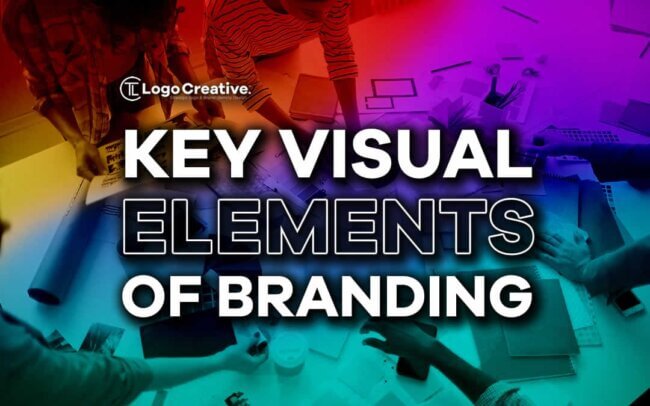In this article we explore the the Key Visual Elements of Branding.
The brand identity reflects the personality and values of a brand. It helps to get a specific message across to an audience. Visual identity is an important part of this. An audience receives a distinct visual impression of a brand within a few seconds.
Five key visual branding elements work together to achieve a cohesive visual identity. This article discusses these key visual elements and how to use them.
Table of Contents
Imagery
All the images you use must carefully align with your other brand elements. If your brand has a clean, minimalistic look, your photographs must reflect this. The same applies if your brand image has a warm, intimate appeal.
Whether you purchase photos or take your own, the style must be consistent. When you take your own photos, it ensures they are unique.
You can also make sure they perfectly complement your other brand elements. You can pick up many tips for taking professional photos from photography blogs.
If you’re an iPhone user the Backlight blog offers great iPhone photography tips and tutorials. Find out how to edit, post, and store photos. Read troubleshooting articles to help you fix any issues such as a faulty camera.
Logo
Your logo is your brand identity in its most simple form. A logo design may appear deceptively simple and yet be instantly recognizable. Think about the logos of companies like Apple and Nike.
All the elements of a logo are often the result of painstaking thought and design. It’s worth the effort because a logo isn’t a pretty picture – it’s a powerful tool you can use to stand out from the competition. This differentiation is a key factor in attracting and retaining customers.
Your logo appears in many different places from your website to your social media profiles and on your packaging. The more people see it, the more memorable it becomes. It can create a positive and lasting impression that inspires trust and brand loyalty.
Color Palette
The colors you choose for your brand can help to create its distinct identity. Colors evoke emotions so they influence customer behavior. You must choose the colors that suit your brand personality and values. When choosing these colors, you need to keep the following in mind.
Know how many to use. Many brands use two colors. They may have a dominant and an accent color. Dunkin Donuts uses orange and magenta together. The orange conveys fun and enthusiasm and the magenta is stimulating and playful.
Use the color wheel to find matching colors. The color wheel consists of primary, secondary, and tertiary colors. It can also be split between cool colors like green, blue, and purple and warm colors like yellow, red, and orange. FedEx uses purple and orange, two evenly spaced colors on the color wheel, for its logo.
Understand the link between your brand personality and the color palette. Financial institutions often use dark blue and gray to convey their professionalism and reliability.
Creative brands tend to use warm, energetic, and fun colors such as yellow and orange. Red is a common choice for food and automotive companies. Green is often a color that energy and technology companies will use.
Selecting the right colors helps you to establish a strong emotional connection with your audience. Consistency in the use of your brand colors across all your brand materials helps to build your visual identity. A distinctive color scheme can also help your brand to stand out from the competition.
Typography
Typography can help to convey your brand’s personality. The shape and style of the fonts you use can reinforce what you want to put across. There are so many choices of fonts today. They can instantly convey whether your brand is more traditional and serious or modern and playful.
- Serif fonts are more traditional whereas sans-serif fonts have a more contemporary appeal.
- Script fonts can be formal or modern. Ones that resemble traditional calligraphy are more formal. Modern script fonts resemble modern handwriting styles.
Choosing legible, well-designed fonts that suit your brand image can ensure that your brand message is clearly understood. They can be a vital part of creating a distinctive, memorable brand image.
Graphic Elements
Graphic elements can help to reinforce your brand image. Graphic elements include:
- Icons
- Infographics
- Charts and graphs
- Color blocks
Graphic design includes knowing how to place all brand image elements to complement one another. Graphic designers know how to use white space effectively, size images, and more to create an aesthetically pleasing impression.
Conclusion
Visual elements such as logos, fonts, images, colors, and graphic elements are key aspects of brand identity design. Combining well-chosen visual elements can give your brand a strong identity. This helps to differentiate it from competitors and encourages the trust and loyalty of customers. In the long run, it means a stable and organic growth-based business. This is why, as a visionary businessman, solid branding should always be your first priority.
Join The Logo Community
We hope you enjoyed the Key Visual Elements of Branding. If you would like more personal tips, advice, insights, and access to our community threads and other goodies, join me in our community. You can comment directly on posts and have a discussion.
*TIP – We use and recommend DesignCuts for all your fonts, mockups and design bundles.


